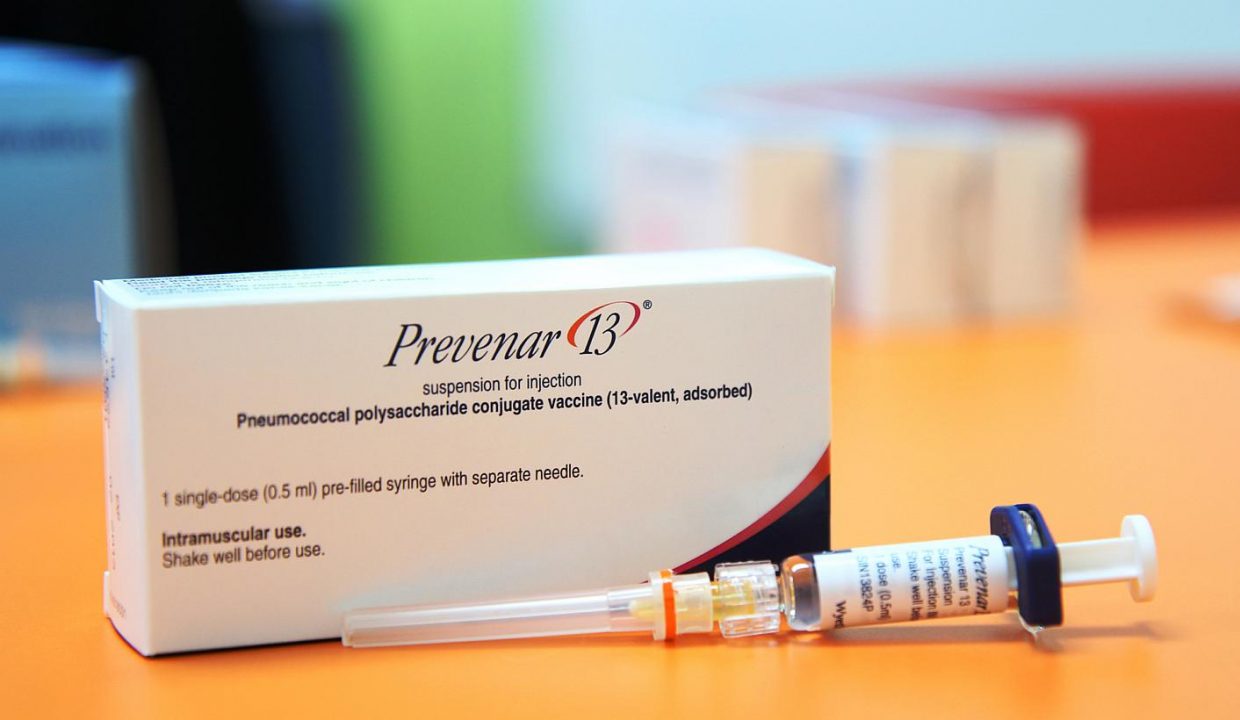
New Zealand’s misjudgment, pediatric 19A invasive pneumococcal disease surge
Changed from Prevenar 13 to Synflorix in 2017…Reverted last year
New Zealand has learned an expensive lesson from its national pneumococcal vaccine program. On the 17th, The Lancet Regional Health Western Pacific published the results of an observational study investigating the epidemiology of invasive pneumococcal disease (IPD) in Australia and New Zealand between 2017 and 2021. In 2017, New Zealand changed its national pneumococcal vaccine program from a 13-valent protein-conjugate vaccine (Prevnar13) to a 10-valent protein-conjugate vaccine (Synflorix). In contrast, Australia continues to use the 13-valent vaccine.
The two vaccines, which were launched around the same time in 2010, have been competing for the prevention of invasive pneumococcal disease caused by serotype 19A. Pneumococcus can cause pneumonia or acute otitis media and can cause serious diseases such as sepsis or bacteremia and pleurisy depending on the site of invasion. In particular, serotype 19A is known to be strong in antibiotic resistance among pneumococci that can be prevented by vaccines and to cause fatal diseases.
Prevnar13 includes serotype 19A and emphasizes its direct preventive effect, while Synflorix has argued that cross-prevention is possible through serotype 19F. In particular, in 2015, research results were announced that pneumococcal disease caused by serotype 19A was reduced in Finland and Brazil, which included Synflorix in their national mandatory vaccination programs, giving strength to Synflorix’s claim.
However, the research results published in Lancet on the 17th raise questions about the cross-prevention effect claimed by Synflorix. The proportion of invasive pneumococcal disease caused by serotype 19A was lower in Australia where Prevnar13 was maintained. According to the researchers, between 2017 and 2021, the incidence of invasive pneumococcal disease was calculated as 4.3-8.4 per 100,000 people in Australia and 6.9-11.4 per 100,000 people in New Zealand.
Among them, the incidence rate for children under two years old was similar from 2017 to 2020 but was higher at 30.2 per 100,000 people (95% CI:21.1-39.4) in New Zealand than at 23.3 per 100,000 people (95% CI:19.5-27.1) in Australia in 2021. In particular, while the proportion of serotype 19A remained at 5% in Australia, it increased significantly from 11.5% to 29.5% in New Zealand and increased most among children under two years old and under four years old.
In this regard, the researchers said that the number and proportion of invasive pneumococcal diseases caused by serotype 19A are increasing in New Zealand and are increasing significantly among young children and that this result supports New Zealand’s decision to change to a 13-valent vaccine on December last year.

▲ New Zealand’s misjudgment, pediatric 19A invasive pneumococcal disease surge
뉴질랜드의 오판, 소아 19A 침습성 폐렴구균 질환 급증
2017년 프리베나13에서 신플로릭스로 변경…지난해 다시 되돌려
뉴질랜드가 폐렴구균 백신 국가 접종 사업에서 값비싼 교훈을 얻었다.
17일, The Lancet Regional Health Western Pacific에는 2017년~2021년 사이 호주와 뉴질랜드의 침습성 폐렴구균 질환(Invasive Pneumococcal Disease, IPD)의 역학을 조사한 관찰 연구 결과가 게재됐다.
뉴질랜드는 지난 2017년 폐렴구균 백신 국가 접종 사업 대상을 13가 단백접합백신(프리베나13)에서 10가 단백접합백신(신플로릭스)으로 변경한 바 있다. 반면 호주는 13가 백신을 그대로 유지하고 있다.
2010년 전후 비슷한 시기에 출시된 두 백신은 19A 혈청형으로 인한 침습성 폐렴구균질환 예방 효과를 두고 신경전을 벌여왔다.
폐렴구균은 폐렴이나 급성중이염을 유발하며, 침범 부위에 따라서는 패혈증이나 균혈증, 흉막염 등 심각한 질환을 야기할 수 있다.
특히 19A 혈정형은 백신을 통해 예방 가능한 폐렴구균 중 항생제 내성도 강하며, 치명적인 질환을 유발하는 것으로 알려져 있다.
이에 프리베나13은 19A 혈청형을 포함하고 있어 직접 예방 효과를 강조하고 있는 반면, 신플로릭스는 19F 혈청형을 통해 교차 예방이 가능하다고 맞서왔다.
특히 지난 2015년에는 신플로릭스를 국가필수예방접종에 포함한 핀란드와 브라질에서 실제 19A 혈청형에 의한 폐렴구균 질환 줄였다는 연구 결과가 발표되면서 신플로릭스의 주장에 힘이 실렸다.
그러나 17일 Lancet에 게재된 연구 결과는 신플로릭스가 주장했던 교차예방 효과에 의문을 제기하고 있다.
프리베나13을 유지한 호주에서 19A 혈청형으로 인한 침습성 폐렴구균 질환의 비율이 더 낮았던 것.
연구진에 따르면, 2017년~20021년 사이 침습성 폐렴구균 질환 발생률은 호주가 10만 명 당 4.3~8.4명, 뉴질랜드는 10만 명 당 6.9~11.4명으로 집계됐다.
이 가운데 2세 미만 어린이의 경우 2017~2020년 발생률은 유사했으나, 2021년에는 뉴질랜드가 10만 명 당 30.2명(95% CI 21.1-39.4)으로 호주의 23.3명(95% CI, 19.5-27.1) 보다 높았다.
특히 호주에서는 19A 혈청형의 비율이 5%를 유지한 반면, 뉴질랜드에서는 19A의 혈청형의 비율이 11.5%에서 29.5%로 크게 증가했으며, 연령별로는 2세 미만과 2~4세미만의 어린이에서 증가폭이 가장 컸다.
이와 관련, 연구진은 뉴질랜드에서 19A 혈청형으로 인한 침습성 폐렴구균 질환 발생 건수와 비율이 늘고 있으며 특히 어린아이에서 크게 증가하고 있다면서, 이 같은 결과는 뉴질랜드가 지난해 12월 13가 백신으로 변경하기로 한 결정을 지지한다고 의미를 부여했다.
